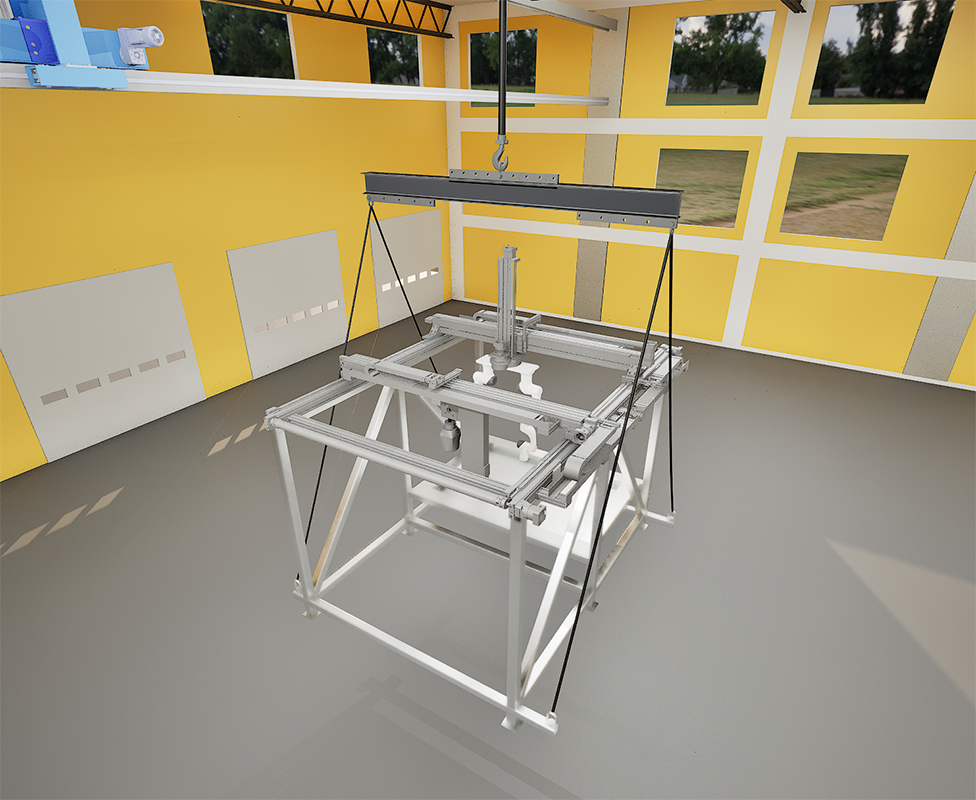Undergrads set to display real-world laboratory research at expo

Undergraduate students working under the direction of Professor Sabri Cetin in the Mechatronics Laboratory at UIC are gaining valuable interdisciplinary experience working on real-world projects, and their work will be featured at the upcoming engineering expo on April 19.
Cetin and his team are investigating advances in robotics and digital technologies that may present opportunities to remove humans from dangerous manual operations and enhance safety and efficiency.
The current cleaning and transporting nuclear waste process calls for people to manually use hot cells or gloveboxes. Cetin sees these processes as “obsolete, difficult, inefficient, and costly.”
“With robot technology, we are going to help save people from hazardous work conditions, and nuclear clean-up is one of the applications,” said Cetin, who recently received a continuation grant titled “Remote Controlled Mobile Robotics Technology for Nuclear Cleanup Operations” from the Department of Energy (DOE).
The researchers began working on the control systems of the gantry, which is a bridge-like structure with a platform that supports other equipment. Now, they are also developing a simulation of the nuclear waste clean-up system that Oak Ridge National Laboratory and Argonne National Laboratory have established. This includes a remote-controlled, dual-arm telerobotics system with human-like capabilities that has the potential to revolutionize hazardous waste clean-up and holds potential for broader applications.
“We started developing a virtual version that is accurate to their measurements and is able to simulate the operation while being connected to the actual robot,” said Matheus Leao Moreira, an undergraduate student graduating in May. “This is a tool for planning operations and testing the control systems. And it’s also meant as a visual aid for operator safety operator training.”
Cetin and his team are expanding this project beyond the scope of waste management and have started exploring digital twin capabilities in industrial automation.
A digital twin is a digital representation of a physical object, person, or process, contextualized in a digital version of its environment. They can help an organization simulate real situations and their outcomes, ultimately allowing it to make better decisions.
“We’ve developed twins for applications such as palletizing and we’re working on one for machine welding. The common ground between these twins is that they simulate real robot models,” Moreira said. “We made several industrial applications to showcase this technology to sponsors outside of DOE that are also interested in this technology.”
The students received permission to use the research as their capstone project in the Senior Design Course, which challenges students to solve engineering problems using research, creativity, and the skills they developed at UIC.
They will showcase their work during the during the annual College of Engineering Expo at the Credit Union 1 Arena, 525 S. Racine Ave, Chicago, on Friday, April 19, from noon to 4:30 p.m. The expo will feature more than 700 students that makeup approximately 200 teams from every department of the College of Engineering. The event is free and open to the public and tickets are not necessary to attend.